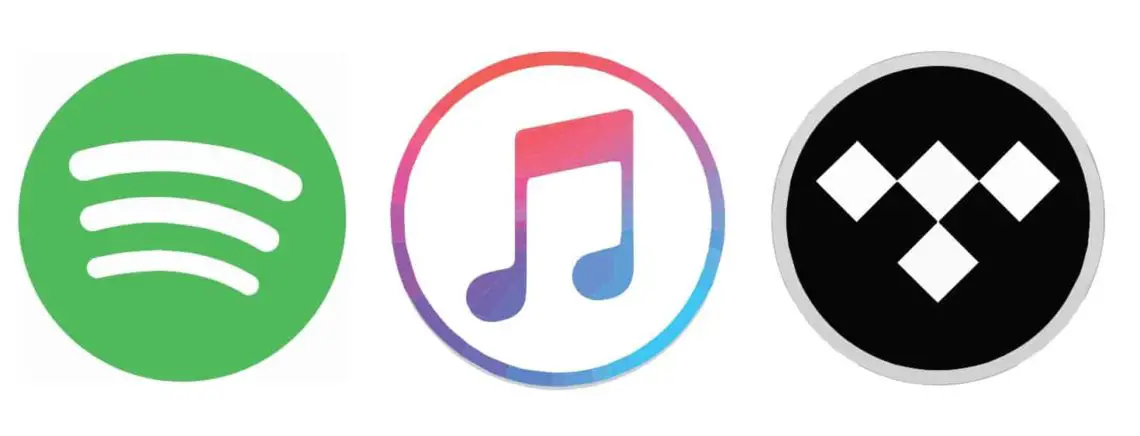The music industry has gone through several transformations in terms of distributing music.
Whenever listening to music doesn’t require a performance presence, there are plenty of formats:
Vinyl: It all started with vinyl records, which basically ruled the world of the music industry till the mid-1980s.
Cassettes: The cassettes were popping up here and there; aside from several regions, they’ve never been a major format of musical distribution.
CDs: The mid-1980s saw the arrival of the first CD releases. By the mid-1990s, CD completely displaced vinyl as a major format.
The internet gave way to online music piracy, which led to the stagnation of physical sales. It was the digital format that saved the music industry. Music sales from the mid-noughties to the mid-2010s relied heavily on digital downloads, with songs and albums selling several million digital units. But since the arrival of streaming, you can rarely find a song that has sold a million digital copies worldwide.
Well, that’s the basic information you may need for writing an essay on the history of music distribution. But you can opt for ordering it from this best write my essay for me service to have more time to enjoy music on streaming services. Streaming is the best and most accessible way to listen to music. But it has certain disadvantages:
- Not all songs and albums of an artist are available worldwide;
- The app may be incompatible with certain devices;
- You may not be happy with the equalizer.
But that doesn’t apply to every service, and those disadvantages can hardly be considered real issues when for less than $10 a month, you can get access to discographies of thousands of musical artists. But, how to choose which service to use? Let’s check out the five best streaming services for you to choose from.
1. Spotify
Basically, Spotify is responsible for music streaming. It pioneered streaming and remains the most well-known service. When you think about signing up with a streaming service, Spotify would be the first one to come to your mind. And it pops up in the news quite often. Be it their revenue or complaints about the minuscule royalties that artists get.
Both criticism and praise are well-deserved. Spotify is not only the first streaming service but arguably the best one. It has an easy-to-navigate interface, and the app is compatible with almost every mobile device you can think of. Furthermore, Spotify probably has the most extensive catalog of music.
Spotify offers curated music discovery services, like the Discover Weekly playlist. And if you are looking for non-music content, Spotify has a great selection of podcasts. And you can get access to all of that for less than $10 a month. You can use Spotify for free as well, but the catalog is limited, and the ads can get a bit irritating.
2. Apple Music
If Spotify has a competitor, then it is Apple Music. It ranks as the second music streaming service in terms of the number of subscribers. Apple Music has around 100 million tracks, and it is compatible with mobile devices that run on both iOS and Android. Although, the experience on the latter one is not that great.
Apple Music has thousands of curated playlists conducted by musicians and music critics. And just like with Spotify, you can get access to the service’s extensive catalog for less than $10 a month. The only disadvantage of Apple Music, compared to Spotify, is that the sharing options are not as smooth as on the latter one.
3. Tidal
Tidal was launched in 2014 by Norwegian-Swedish company Aspiro and is now partly owned by the American company Block Inc. Artists like Madonna, Rihanna, Jay-Z, Beyoncé, Kanye West, and Calvin Harris are listed as the co-owners of the streaming service. You can use the free tier Tidal Free, while the standard subscription plan costs $10 per month.
The main focus of Tidal is audio quality, offering a lossless playback. Another great thing about Tidal is the payouts to artists. Top streamed artists get a 10% cut from users’ subscriptions. The catalog of Tidal is quite extensive – over 80 million tracks – and you can find playlists conducted by artists themselves.
4. Amazon Music Unlimited
If you have an Amazon Prime membership, you have Amazon Prime Music for free. And that’s already enough. However, you can upgrade to Amazon Music Unlimited for $8 a month. You don’t have to be an Amazon Prime member to get Amazon Music Unlimited, but the subscription price for the service will be $10. Now, let’s check out what the service offers.
Amazon Music Unlimited gives you access to millions of tracks in lossless quality. The interface of Amazon Music Unlimited is better than Amazon Prime Music. You can now access podcasts, genres, and playlists from the main page. And the service is compatible with both Android and iOS-based mobile devices.
5. Deezer
Deezer is a French streaming service that is available in 180 countries. It comes as a middle ground between the excessive curated playlists of Spotify and the high-fidelity audio streams of Tidal. Users of Deezer get access to over 90 million tracks, 100 million playlists, and over 30,000 radio channels. And you can get all that for $9.99 a month.
Owning a membership allows listening to tracks in the 320 kbit/s quality, while the HiFi plan ($14.99 per month) offers all the available tracks in the 16-bit 1,411 kbps quality. Of course, there are several drawbacks to Deezer. The main one is that users can’t rewind live radio streams.
Final Thoughts

These five are currently the best, but music distribution formats never die forever, and there’s always a new one behind the corner.
Vinyl almost disappeared and now sees revivals. Digital downloads seemed like the last word in the music industry, but now they are almost forgotten. It’s possible that streaming would be displaced by a different way of music distribution.








Start the discussion at talk.hearthemusicplay.com